How to Make the Best Gluten-Free Egg-Free Bread Recipe
A gluten-free egg-free bread recipe is essential for anyone with gluten intolerance, egg allergies, or those following a vegan lifestyle. Traditional bread relies on gluten for structure and eggs for binding, but with the right ingredients and techniques, you can achieve a delicious, soft, and fluffy gluten-free egg-free bread at home.
Making a homemade gluten-free egg-free bread recipe allows you to control the ingredients, avoid preservatives, and customize flavors to your liking. Whether you prefer a hearty multigrain loaf or a light sandwich bread, the key lies in selecting the best gluten-free flours, using effective egg substitutes, and following proper baking techniques.
In this guide, we’ll take you through an easy and foolproof gluten-free egg-free bread recipe, sharing essential tips to help you achieve the perfect texture and taste. From the best flour blends to the right rising techniques, you’ll learn everything you need to bake a delicious, allergy-friendly bread that the whole family will love.
Let’s get started on making the best gluten-free egg-free bread recipe from scratch!
If you’re looking for more variations, try this Organic Gluten-Free Sourdough Bread for a tangy twist!
Why Make Gluten-Free Egg-Free Bread Recipe?
Understanding Gluten and Egg Allergies
For many, gluten and eggs can trigger serious health concerns. Gluten intolerance and celiac disease affect millions worldwide, causing digestive issues and long-term complications if not properly managed. Similarly, egg allergies—especially common in children—require careful avoidance of all egg-based foods. Even those without allergies may avoid these ingredients for health or ethical reasons, such as following a vegan lifestyle.
By making your own gluten-free egg-free bread recipe , you can ensure it’s safe, healthy, and customized to your taste and dietary needs. No additives or hidden ingredients—just pure, wholesome bread!
Health Benefits of Gluten-Free and Egg-Free Baking
- Easier Digestion: Gluten-free bread is often easier on the stomach for those with sensitivities.
- Heart-Healthy: Many gluten-free egg-free bread recipes use healthier fats like olive oil instead of butter or eggs.
- Vegan-Friendly: No animal products means this bread fits perfectly into a plant-based diet.
Why Homemade Is Better
- Full Ingredient Control: When you bake at home, you control what goes into your bread—no preservatives, artificial flavors, or allergens.
- Customizable Flavors: Add herbs, seeds, or spices to make it uniquely yours.
- Freshness Guaranteed: There’s nothing like warm, freshly baked bread straight from the oven!
If you love homemade gluten-free baking, you might also enjoy this Gluten-Free Honey Oat Bread for a slightly sweet and hearty option.
Essential Ingredients for Gluten-Free Egg-Free Bread Recipe
1. Gluten-Free Flours: Building the Perfect Blend
The key to a successful gluten-free bread is using the right combination of flours. No single gluten-free flour can mimic the properties of wheat flour, so a blend is essential for achieving the best texture and taste. Here are some popular options:
- Rice Flour: Light and neutral, forms a good base for gluten-free blends.
- Almond Flour: Adds moisture and a subtle nutty flavor.
- Sorghum Flour: Helps create a soft, wheat-like texture.
- Tapioca Starch: Improves elasticity and gives the bread a chewy texture.
- Potato Starch: Adds structure and helps retain moisture.
Tip: Combine at least three different flours for the best result.
2. Egg Substitutes: The Secret to Binding
Since eggs provide structure and moisture in traditional bread, it’s important to replace them with alternatives that can perform the same functions. Here are some tried-and-true substitutes:
- Flaxseed Meal (Flax Egg): Mix 1 tablespoon of ground flaxseed with 3 tablespoons of water. Let it sit for 5 minutes until it forms a gel-like consistency. This works as a great binding agent.
- Chia Seeds: Similar to flaxseed, chia seeds form a gel when mixed with water.
- Applesauce: Adds moisture and a slight sweetness—ideal for softer breads.
- Aquafaba (Chickpea Water): Whip the liquid from a can of chickpeas to create a light, fluffy texture.
Pro Tip: Use flaxseed or chia seed as a primary egg replacer for savory bread recipes.
3. Binders: Mimicking Gluten’s Elasticity
Binders are crucial for holding gluten-free bread together and preventing it from crumbling. Two of the most effective binders are:
- Xanthan Gum: Helps with elasticity and structure.
- Psyllium Husk Powder: Offers excellent binding and moisture retention, resulting in a soft, chewy bread.
4. Leavening Agents: Creating Lift and Airiness
Without gluten, getting bread to rise can be a challenge. Leavening agents ensure a light, airy texture.
- Yeast: Adds both rise and flavor. Use active dry yeast or instant yeast for this recipe.
- Baking Powder: Boosts the rise and improves the bread’s texture.
5. Moisture and Flavor Enhancers
- Olive Oil: Adds richness and helps keep the bread moist.
- Honey or Sugar: Feeds the yeast and balances the flavor.
- Salt: Enhances overall taste.
Step-by-Step Gluten-Free Egg-Free Bread Recipe
Ingredients You’ll Need:
Here’s everything required for the perfect gluten-free egg-free bread recipe .
Dry Ingredients:
- 2 ½ cups gluten-free flour blend (a mix of rice flour, sorghum flour, and tapioca starch)
- 1 tsp salt
- 1 tbsp sugar or honey (optional, for flavor and to help activate the yeast)
- 1 tsp xanthan gum (if not already in the flour blend)
Wet Ingredients:
- 1 packet (2 ¼ tsp) active dry yeast
- 1 ¼ cups warm water (around 110°F or 45°C)
- 2 tbsp ground flaxseed mixed with 6 tbsp water (flax egg)
- 2 tbsp olive oil
Step-by-Step Instructions
1. Activate the Yeast
In a small bowl, combine warm water, yeast, and sugar (if using). Stir gently and let it sit for 5–10 minutes until it becomes frothy. This indicates the yeast is active.
2. Prepare the Flax Egg
Mix 2 tablespoons of ground flaxseed with 6 tablespoons of water. Let it sit for about 5 minutes until it thickens into a gel-like consistency. This will act as your egg replacement.
3. Mix the Dry Ingredients
In a large mixing bowl, whisk together the gluten-free flour blend, salt, and xanthan gum (if using). This ensures even distribution of the dry ingredients.
4. Combine Wet and Dry Ingredients
Add the activated yeast mixture, flax egg, and olive oil to the dry ingredients. Mix until a sticky dough forms. The dough should be thick but not as firm as traditional bread dough. If it’s too dry, add a little more water (1 tablespoon at a time).

5. Let the Dough Rise
Cover the dough with a clean kitchen towel and let it rise in a warm place for 1–2 hours until it doubles in size. If your kitchen is cold, you can place the bowl in a preheated (but turned off) oven with the door slightly open.
6. Preheat the Oven
Once the dough has risen, preheat your oven to 375°F (190°C). Grease a 9×5-inch loaf pan or line it with parchment paper.
7. Shape and Bake the Bread
Transfer the dough to the prepared loaf pan. Smooth the top with a spatula or wet hands. Bake for 35–40 minutes or until the top is golden brown and the bread sounds hollow when tapped.
8. Cool Before Slicing
Remove the bread from the oven and let it cool in the pan for 10 minutes. Transfer to a wire rack to cool completely. Slicing too early can cause the bread to be gummy, so patience is key!
Tips for Perfect Gluten-Free Egg-Free Bread
Making homemade bread without gluten and eggs is easier than it seems—when you know the right tricks! These tips will help ensure that your gluten-free egg-free bread recipe turns out soft, moist, and delicious every time.
1. Always Use a Binder
In any gluten-free egg-free bread, binders like xanthan gum or psyllium husk are essential. They replace the elasticity that gluten provides, preventing your bread from crumbling. Psyllium husk works especially well in gluten-free bread, creating a chewy texture similar to traditional bread.
2. Activate Your Yeast Properly
Properly activated yeast is the secret to fluffy bread. Use warm water (between 105°F and 110°F) to avoid killing the yeast. This step is crucial in achieving the ideal rise in your gluten-free egg-free bread recipe.
3. Don’t Overmix the Dough
Unlike traditional dough, gluten-free dough becomes gummy when overmixed. Mix just until everything is combined, then stop. A sticky dough is normal for a gluten-free egg-free bread—don’t add extra flour to make it firm.
4. Give It Time to Rise
Patience is key! Letting your dough rise in a warm spot for 1–2 hours will make your gluten-free egg-free bread soft and airy. Be sure to avoid drafts, which can affect how well it rises.
Common Egg Substitutes for Gluten-Free Bread
Finding the perfect egg replacement is a game-changer when baking gluten-free egg-free bread. Here are some of the best substitutes:
- Flax Egg: This is a staple in most egg-free bread recipes. Mix 1 tablespoon of ground flaxseed with 3 tablespoons of water to create a thick gel.
- Chia Seeds: Similar to flax, chia seeds form a binding gel when combined with water.
- Aquafaba (Chickpea Water): Provides a light, fluffy texture, making it ideal for soft sandwich breads.
- Applesauce: Adds moisture and a mild sweetness—great for gluten-free sweet bread recipes.

Each substitute offers a slightly different texture, so choose one based on the type of gluten-free egg-free bread recipe you’re making.
Storing and Freezing Gluten-Free Egg-Free Bread
Preserving your bread’s freshness is just as important as baking it right. This guide will help you store your gluten-free egg-free bread for both short and long-term use.
1. Short-Term Storage
Keep your gluten-free egg-free bread in an airtight container at room temperature for up to two days. Avoid refrigeration, as it tends to dry out gluten-free baked goods quickly.
2. Freezing for Long-Term Use
Freezing is the best way to extend the shelf life of your gluten-free egg-free bread recipe. Here’s how to freeze it:
- Slice the bread before freezing for convenience.
- Wrap each slice individually in plastic wrap to prevent freezer burn.
- Store wrapped slices in a freezer-safe bag for up to 3 months.

When ready to enjoy, thaw your frozen gluten-free egg-free bread at room temperature or warm it in the oven for a freshly baked taste.
Gluten-Free Bread Brands with Egg-Free Options
If you don’t have time to bake your own gluten-free egg-free bread, there are several great store-bought options. While many gluten-free breads contain eggs as a binding agent, some brands cater specifically to those following an egg-free gluten-free bread diet. Here are some of the best brands offering gluten-free egg-free bread for easy and convenient meals.
1. Canyon Bakehouse
Canyon Bakehouse is one of the most popular brands for gluten-free egg-free bread, known for its soft texture and delicious flavor.
- Egg-Free Options: Many of their breads are egg-free, but always check labels for verification.
- Best Varieties: 7-Grain Bread, Country White Bread
- Why Choose It? This brand focuses on high-quality, non-GMO ingredients and offers one of the best gluten-free egg-free bread textures on the market.
2. Schär
Schär is a leader in the gluten-free industry and offers a range of gluten-free egg-free bread options suitable for those with allergies.
- Egg-Free Options: Schär Artisan Baker Multigrain Bread
- Best Features: Soft and flavorful with a balanced texture, making it an ideal store-bought gluten-free egg-free bread alternative.
3. Little Northern Bakehouse
This brand is completely plant-based, making it a great choice for those looking for a gluten-free egg-free bread with a naturally soft texture.
- Best Egg-Free Varieties: Seeds & Grains Bread, Millet & Chia Bread
- Why It’s Popular: This brand specializes in egg-free gluten-free bread that is also free from dairy, nuts, and soy.
4. Food for Life (Ezekiel)
Food for Life makes high-quality, sprouted grain breads that are gluten-free and egg-free. Their breads have a dense texture but offer superior nutrition compared to standard gluten-free loaves.
- Best Varieties: Brown Rice Bread, Sprouted Grain Bread
- Pro Tip: Toasting this gluten-free egg-free bread enhances its flavor and texture.
How to Choose the Best Gluten-Free Egg-Free Bread
Not all store-bought gluten-free bread is egg-free, so be sure to:
- Read ingredient labels carefully to verify the absence of eggs.
- Look for allergy-friendly certifications from trusted brands.
- Choose breads with minimal preservatives to ensure a healthier alternative.
If you prefer homemade bread, following a gluten-free egg-free bread recipe gives you total control over ingredients and flavor. However, these brands offer excellent options for convenience without sacrificing quality.
For dessert lovers, check out this Gluten-Free Chocolate Cake Recipe to pair with your fresh-baked bread!
FAQs Gluten-Free Egg-Free Bread Recipe
Many people have questions about making and buying gluten-free egg-free bread. Below are answers to some of the most commonly asked questions to help you get the best results when baking or purchasing a gluten-free egg-free bread recipe.
What can I substitute for eggs in gluten-free bread?
Flax Egg: Mix 1 tablespoon of ground flaxseed with 3 tablespoons of water. This is a great binding agent.
Chia Egg: Works the same way as flax eggs and helps keep the bread moist.
Aquafaba: The liquid from canned chickpeas can create a fluffy, airy texture in gluten-free egg-free bread.
Applesauce or Mashed Bananas: Adds moisture and a slight sweetness, perfect for softer bread varieties.
Each egg substitute works slightly differently, so experiment based on your preference and the specific gluten-free egg-free bread recipe you’re using.
Does all gluten-free bread have egg?
What is the trick to making good gluten-free bread?
Use a combination of gluten-free flours for the best texture. A blend of rice flour, sorghum flour, and tapioca starch works well.
Don’t skip the binder! Use xanthan gum or psyllium husk to provide structure.
Let the dough rise properly. Gluten-free dough needs extra time to develop air pockets and achieve a soft texture.
Bake at the right temperature and allow the bread to cool completely before slicing.
Following these tips will ensure your gluten-free egg-free bread comes out soft, fluffy, and delicious.
Is Jersey Mike’s gluten-free bread egg-free?

Final Thoughts
Baking your own gluten-free egg-free bread at home is the best way to control ingredients and ensure a safe, delicious loaf. Whether you use a flax egg or aquafaba as a substitute, the key is to use the right combination of flours and binders for the perfect texture. If you prefer store-bought options, always check ingredient labels to find an egg-free gluten-free bread that meets your dietary needs.
Looking for more gluten-free and allergy-friendly recipes? Follow us on Pinterest for inspiration, meal ideas, and exclusive content!

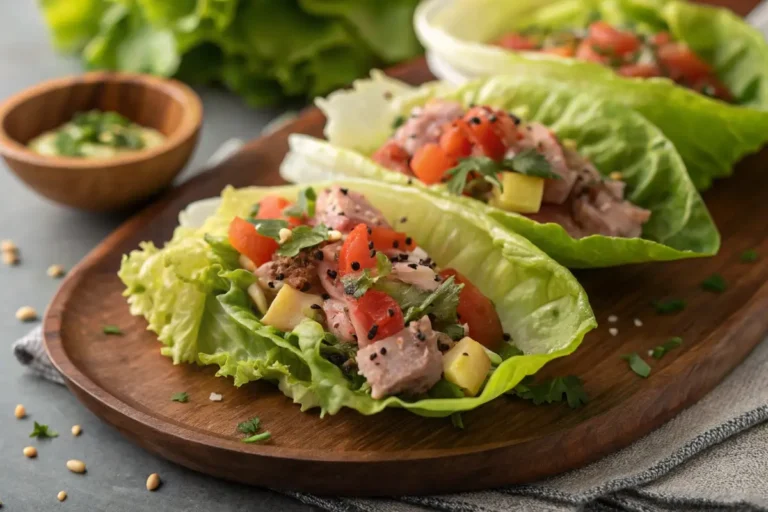
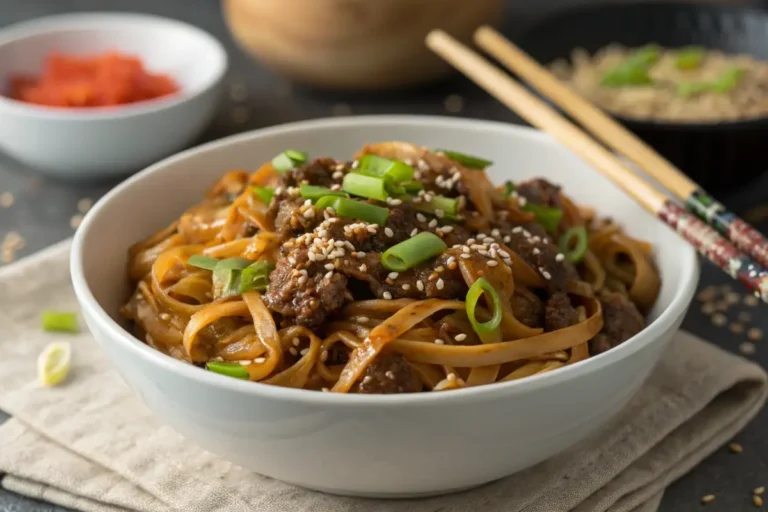
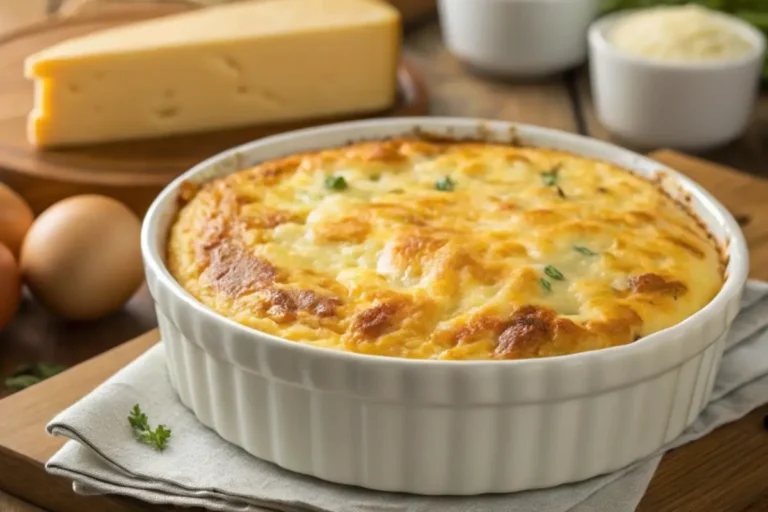
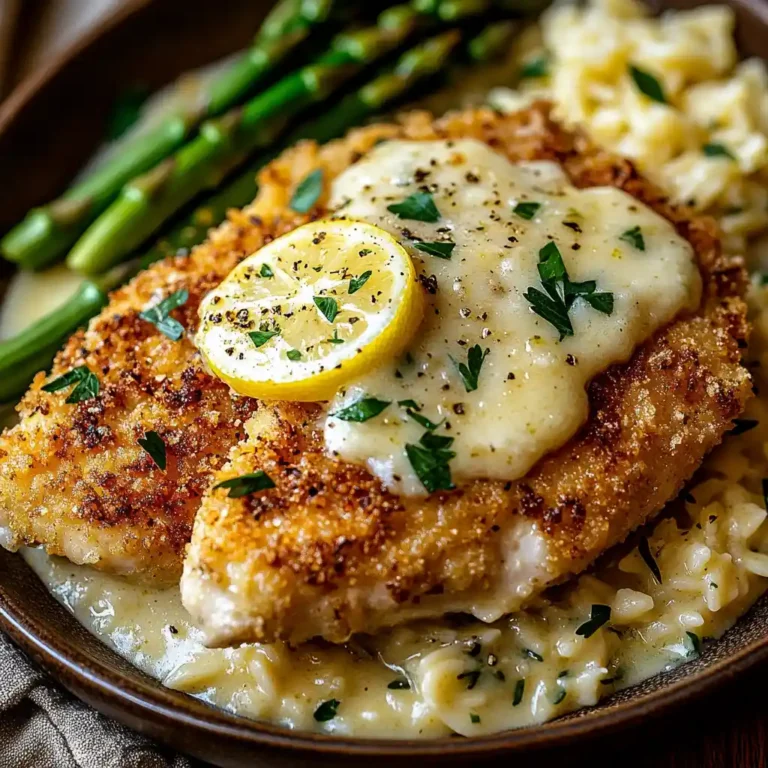
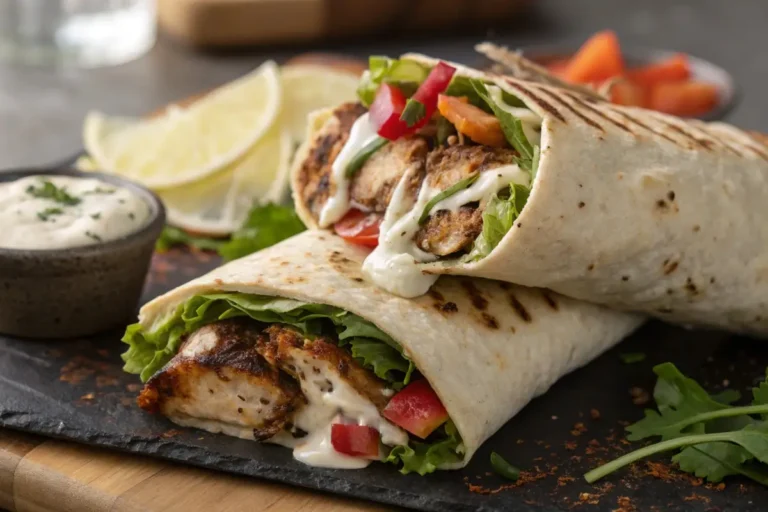
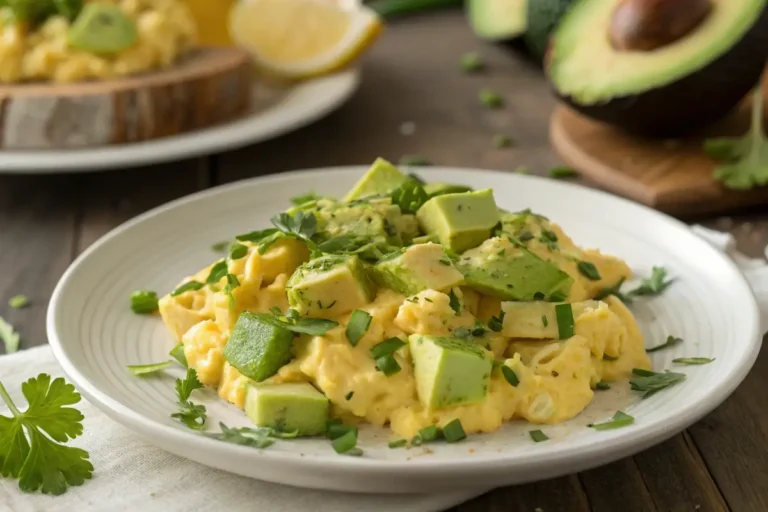
what combination of gluten free flours do you recommend for this bread?